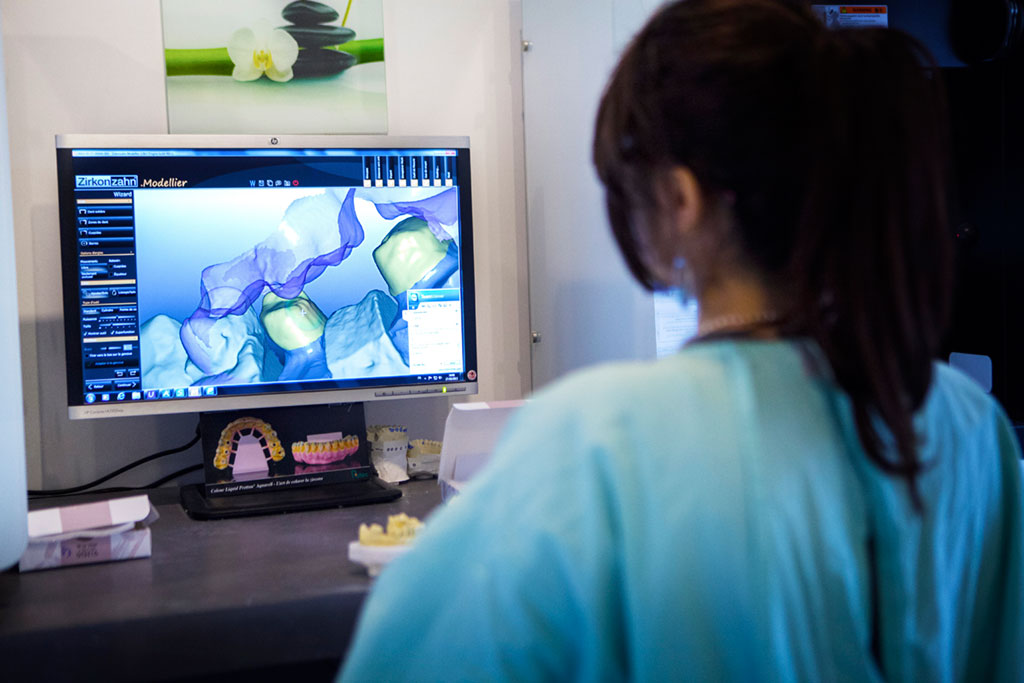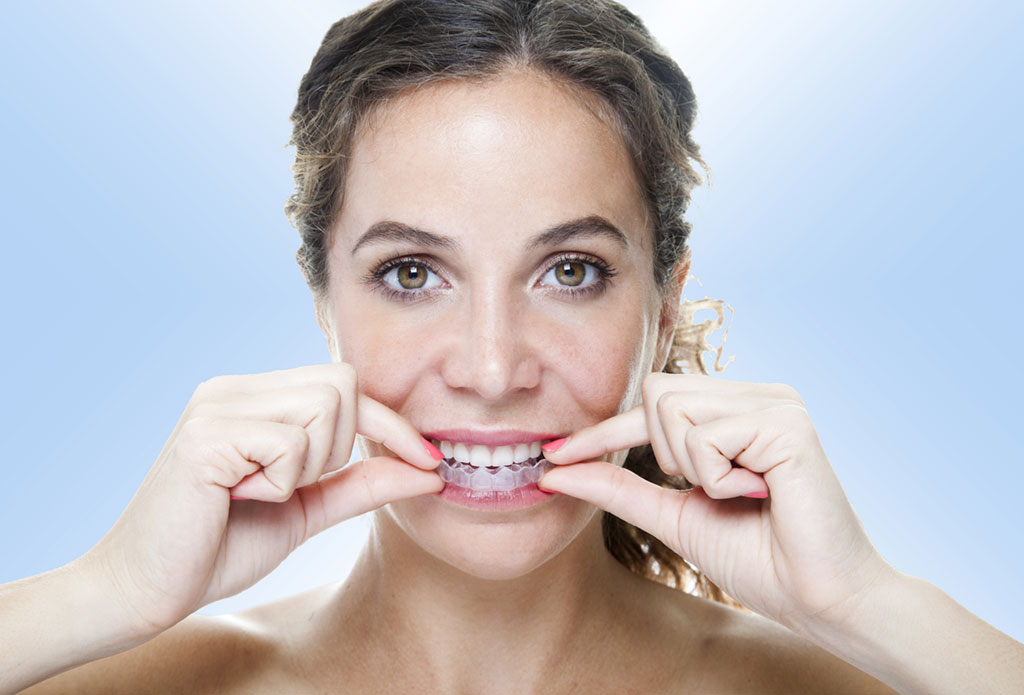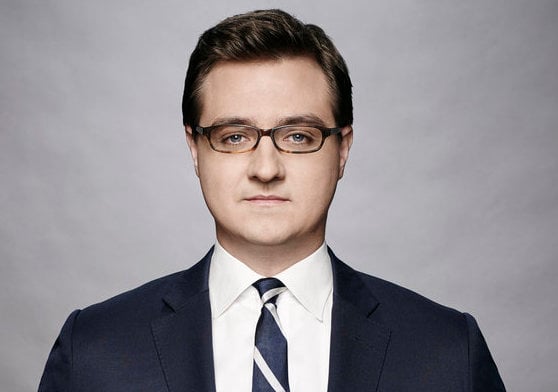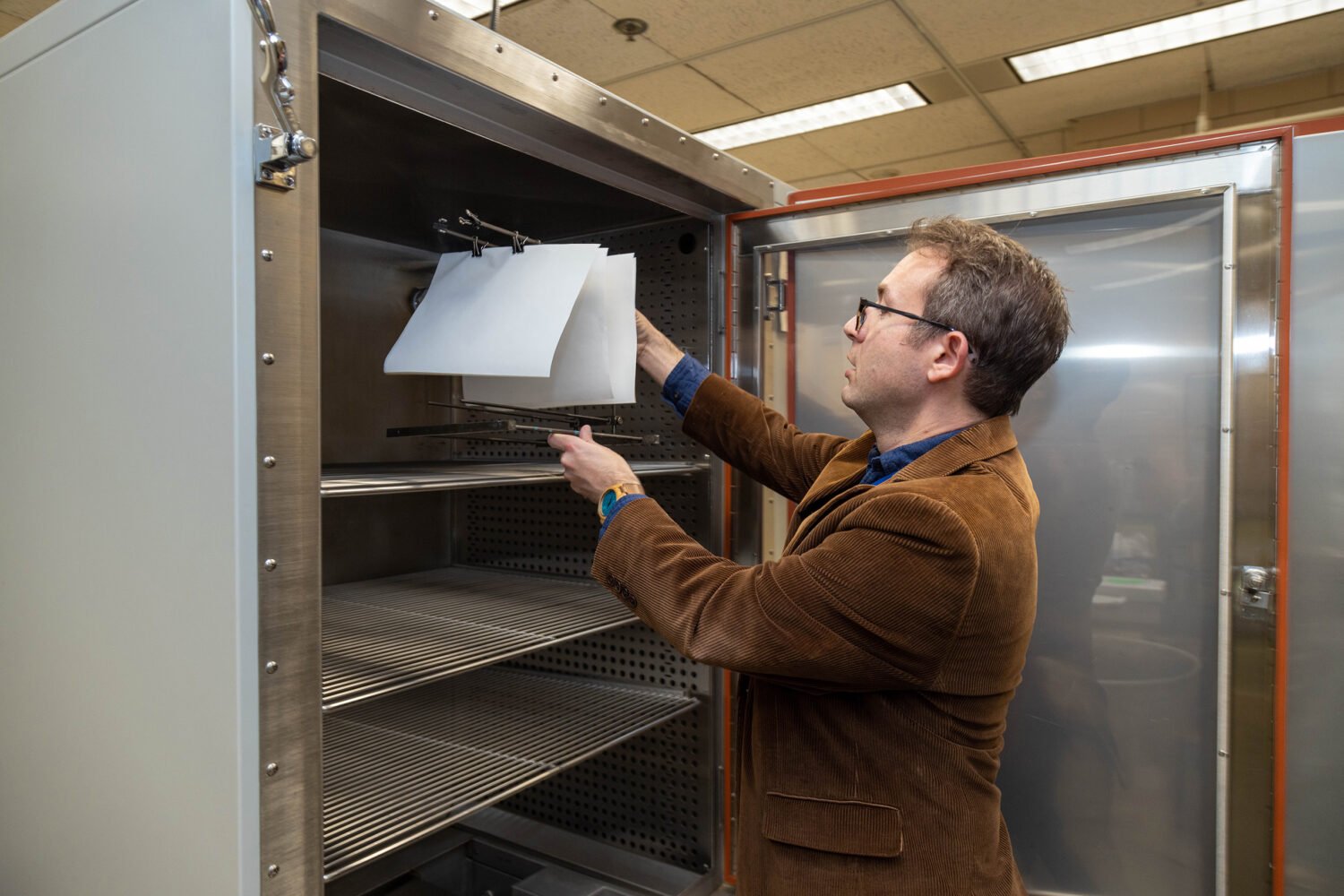Here’s something to gnaw on: Your teeth endure nature’s cruel forces—all that chewing and gnashing, not to mention the two hours spent grazing through an $8 bucket of popcorn at Star Trek Beyond. Luckily, science is helping more dentists—and patients—boldly go where they’ve not always gone before.
The same technology that helped humans design car bumpers and airplane wings can retool teeth. Dentists are now using digital technology to plan and create inlays, onlays, veneers, crowns, bridges, dentures, full-mouth reconstructions, and orthodontic work that’s often faster and longer-lasting than traditional methods. Much of the wizardry revolves around computer-aided design, or CAD, and computer-aided manufacturing, CAM.
CAD is a system that designs detailed two- or three-dimensional models of physical objects; CAM lets specialized computers control, monitor, and adjust tools and machinery to produce the parts. The concept was born in 1963 when computer scientist Ivan Sutherland combined the display capabilities of the cathode-ray tube with the computer’s computational powers, building a system for designing mechanical parts that was quickly adopted by the aerospace and automotive industries.
Turns out what’s good for cars and planes is great for molars. CAD/CAM machines started retooling dentistry more than a quarter century ago, but most of the nation’s 200,000 or so dentists have been slow to buy the equipment for their offices, often because of price. A leading manufacturer, Sirona Dental Systems—which recently merged with Dentistry International to become Dentsply Sirona—says its office CAD/CAM systems are in 16 percent of US practices, up from 10 percent a decade ago. Systems start around $80,000 and climb to nearly $130,000. But industry specialists and area practitioners expect the number of CAD/CAM owners to grow as more new dentists, trained to use the technology in school, open practices.
“In my mind, there is virtually no downside to this,” says Gary Hack, a dentist and associate professor of endodontics, periodontics, and prosthodontics at the University of Maryland dental school who trains budding dentists in the technology. “It’s more patient-friendly, more accurate, more flexible. It is the way everything is moving.”
The learning curve for some of this technology can be steep, however, and some dentists, including those in practice for decades, may not think it’s worthwhile to invest time to learn the ever-changing technology, experts say.
Still, CAD/CAM isn’t the only digital innovation helping professionals remake smiles. Here’s what to expect at the dentist.

Dental work will be more comfortable.
For many years, if a dentist wanted to insert an inlay (a filling) or a crown (a cap that fits over a tooth), she would drill a tooth to remove decay and shave it down to make room for the restoration. She’d then place into the patient’s mouth a tray or mold filled with material that oozed around the teeth until the gummy stuff started to stiffen. That impression would be sent to a lab to be filled with liquid-stone material and allowed to harden for 45 minutes, creating a replica of the mouth.
One big problem? The goop. Many people gag on the alginate in their mouths, and dentists can have a tough time fitting the tray into small mouths, says Jill Bruno, a Chevy Chase orthodontist.
Bruno now uses a handheld digital scanner to take 3-D images in seconds. Such scanners not only eliminate the goop, but they provide a more precise map of a mouth. They also limit the image-taking to a small area, compared with traditional x-rays, thus helping minimize radiation exposure, says Peter Rinaldi, a cosmetic dentist at the Washington Center for Dentistry.
Expect fewer surprises, including what your teeth will look like.
Three-dimensional imaging also improves diagnosis and treatment in complex cases, eliminating guesswork by dentists and lessening the chance that something will need to be redone.
These days, a procedure such as an implant may start with a cone-beam CT scan, a device akin to a 3-D x-ray, that captures the face’s bone architecture as well as the location of teeth and gums. The images are used to create a 3-D model that shows a patient how his teeth will look once the procedure is complete; it also helps guide the dentist toward the precise location and angle of a bridge, crown, or implant, says H. Ryan Kazemi, an oral and maxillofacial surgeon in Bethesda.
“It allows you to see the thickness of the bone structure” to determine how a restoration is going to fit, says Hack. “It has become an incredibly accurate way of designing crowns.”
Dentists and oral surgeons say the technology also allows for more accurate positioning and sizing, so there’s less chance a dentist will hit nerves and scrape nearby teeth, thereby reducing discomfort as well as potential side effects such as infection, awkward bites, and dissatisfaction with one’s appearance.
Computers are transforming oral surgery as well by providing graphics for incisions and implants. Last fall, the Food and Drug Administration approved the X-Guide Surgical Navigation System, a computerized surgical device that gives an oral surgeon a 3-D video guide when making cuts and seating an implant. “Digital treatment is more precise, more predictable, and has less complications,” Kazemi says.
Crowns will be done more quickly.
Getting a crown usually involves at least two visits—one for the impression and another to ensure that the lab-made restoration fits. Between those visits, patients wear temporary dental caps. If a dentist owns CAD/CAM, including a milling machine, he can use the digital impression to mill the restoration within an hour. In theory, patients can get fixes in one visit and forgo temporary restorations.
The new technology hasn’t changed the price of restorations such as crowns. The initial investment to buy and train on the equipment is costly, so it doesn’t mean practices spend less by doing the work themselves as opposed to using outside labs. Most offices, though, still ship the images to a lab to make restorations. Milling equipment is expensive and can take time for employees to master and use.
Still, some dentists expect many more of their colleagues to buy in-house milling machines, because costs may drop as use becomes more widespread. “You get more accuracy, less patient time, quicker turnaround time,” says Rinaldi.
Researchers report that most of the milled parts are nearly free of defects and can be as long-lasting as restorations designed by hand. Yet computer-crafted dentistry can come at a cost: The fake teeth can look, well, fake. Machines don’t know that the incisor on the right might be a different shade than the one on the left. The digital products might be fine for back molars, but they don’t always work well for front teeth. That’s why many dentists still prefer hand-done restorations by trained lab technicians.
When Rinaldi performs a full-mouth reconstruction and designs a new smile with veneers, “a machine can do that, but it doesn’t know [the proportions of] the patient’s lips; it doesn’t put in intrinsic colors—the blues, the oranges, the tans, in a person’s tooth. It’s milling out of a block of ceramic. The artistic part of restoration is lost.”
Braces can be made to order—and can work faster.
Computers have reshaped orthodontia. Traditional metal braces—the kind using wires and brackets—can cost $5,000 to $8,000 for treatments stretching 24 to 30 months, says Bruno. Computer-designed, clear tooth aligners such as Invisalign cost about $7,000, but treatment time has been reduced by as much as eight months. In some cases, patients wear the aligners for just a year.
The advantage over traditional metal brackets has been substantial: The initial installation and routine tightening of old-fashioned braces could be painful and sometimes caused mouth sores or injuries, especially from broken wires. With this new method, instead of going to the orthodontist to get their wires tightened, patients get new aligners in the mail about every two weeks until their teeth have moved to the desired position.
With traditional braces, tooth decay from inadequate brushing and flossing was a problem. Patients were often told to avoid eating popcorn, pretzels, nuts, apples, and corn on the cob. But aligners can be popped out when eating and for thorough teeth cleaning.
Hack says that the ability to remove the devices can lead to sloppy compliance for some patients—aligners can’t work if they’re sitting on the counter.
The aligners are appropriate for patients with mild to moderately crooked teeth, Bruno says. In other circumstances, she opts for metal: “In my opinion, braces are still the gold standard, especially with adults.” Traditional orthodontia is preferable when teeth are severely crowded, especially when some teeth need to be pulled to make room for others to shift. Metal braces also are best when the patient has an over- or underbite.
For patients who can use aligners, manufacturers have adapted the technology to aid the shifting process. With Invisalign, dentists affix to the teeth small, clear buttons that attach to the alignment trays—adding tension and mimicking the role of wires and bands in metal braces—a method that prods teeth to shift more efficiently.
“The straighter your teeth are, the healthier they are, the longer you can keep them,” Bruno says.
Align Technology, the maker of Invisalign, holds many patents, and the first batch is expected to expire in the coming years, at which point some analysts expect the floodgates to open for competitors to offer their own devices, in turn bringing down prices.
Dentures fit like they should.
As with braces, dentures have been transformed by digital technology, at a time when the profession is grappling with the problems of tooth loss.
About 25 percent of Americans age 60 and older no longer have any natural teeth, according to the Centers for Disease Control and Prevention. This isn’t simply a cosmetic problem: People without teeth tend to eat fewer fruits and vegetables, which can affect overall health.
Fortunately, dentures can now be designed and milled by computers from hygienic pucks of acrylic. Benjamin O. Watkins III, a DC prosthodontist specializing in cosmetic and implant dentistry, likens the process to Michelangelo hewing the statue of David from a block of granite. The process, he says, is faster than relying on traditional molds, which sometimes produced dentures that didn’t fit well. That could lead to discomfort as well as infection.
3-D printing is the next frontier—but it’s not there yet.
Three-dimensional printers might reshape dentistry even further. But at this point, the level of detail necessary for making ceramic dental restorations hasn’t reached professional standards, Hack says.
As the technology improves, the costs of 3-D printers should drop. Keeping the work in-house would get dental devices—such as orthodontic aligners—into mouths faster, freeing patients from multiple visits, says Bruno. By controlling every step of the process, a dentist would have more control over treatment, allowing a midcourse correction if needed.
The same 3-D technology could one day help patients with jaw defects resulting from cancer or trauma. “Hopefully in the future, when there are burn victims or trauma, they’ll be able to make bones to put back into these people’s bodies,” Bruno says.
She and her patients are waiting: “People think so little of the mouth. It’s really the beginning of the body.”
Suzanne Sataline is a writer in New York who has had 13 teeth pulled. On Twitter, she’s @ssataline.
This article appears in our July 2016 issue of Washingtonian.


















